Hey There! Some links on this page are affiliate links, which means that as an Amazon Associate, I may earn a small commission at no extra cost to you. I greatly appreciate your support! Learn more on my Affiliate Disclosure page.
Carrots are a versatile and nutritious vegetable that can be prepared in many ways. Today, we’re diving into the techniques of how to julienne and brunoise carrots using a mandoline slicer and a chef’s knife. Whether you’re a novice in the kitchen or someone looking to refine your skills, these techniques will elevate your cooking and presentation.
Understanding Julienne and Brunoise Cuts – VIDEO
The julienne cut produces thin, matchstick-like pieces, while the brunoise cut creates tiny, uniform cubes essential for various recipes. Knowing these fundamental cuts can transform your approach to preparing vegetables, making your dishes more refined and sophisticated.
Mastering these cutting techniques will elevate your cooking, making your dishes look more professional and ensuring even cooking. Precise cuts not only enhance the visual appeal of your dishes but also contribute to uniform cooking, ensuring that every bite is perfect.
Essential Tools for Perfect Cuts

To achieve the perfect julienne and brunoise cuts, you’ll need a high-quality mandoline slicer and a sharp chef’s knife. You will also need a cutting board for a stable cutting surface, kitchen towels to keep the work surface clean, a vegetable peeler to peel the carrots, and a kitchen bowl to store the scraps. These tools are indispensable in any kitchen, providing the precision and consistency required for professional-level cuts.
Before cutting, ensure your carrots are peeled, washed, and dried. This preparation step is crucial for achieving clean cuts. Properly prepared carrots will be easier to handle and yield better-cutting results.
How to Julienne Carrots with a Mandoline Slicer

Using a mandoline slicer makes the julienne process quick and consistent. Here’s a step-by-step guide to julienning carrots with this tool:
- Set Up Your Mandoline: Ensure the mandoline is on a stable surface and adjust the blade to the desired thickness.
- Peel and Trim Carrots: Peel the carrots and trim the ends to create a flat base.
- Slice Carefully: Hold the carrot firmly and slide it down the mandoline, applying even pressure.
- Collect Your Julienned Carrots: Gather the thin matchstick pieces and set them aside.
How to Brunoise Carrots with a Chef’s Knife

A chef’s knife is perfect for creating the tiny, precise brunoise cuts. Follow these steps to master this knife technique:
- Peel and Trim Carrots: Peel the carrots and cut them into 2-3 inch sections.
- Julienne First: Slice the sections into thin julienne strips.
- Stack and Slice: Stack the julienne strips and slice them into small, uniform cubes.
- Brunoise Complete: Your tiny, precise brunoise cuts are now ready to be used in your recipes.
Safety Tips When Using a Mandoline Slicer and Chef’s Knife

Safety is paramount when handling sharp tools. Here are some essential safety tips to keep your fingers safe while cutting:
| Use a Cut-Resistant Glove | When using a mandoline, always wear a cut-resistant glove for extra protection. |
| Keep Your Fingers Tucked | When using a chef’s knife, keep your fingers tucked in to avoid accidental cuts. |
| Stabilize Your Tools | Ensure your cutting board and mandoline are stable and secure before cutting. |
Common Mistakes to Avoid

Even seasoned cooks can make mistakes. Learn about common pitfalls and how to avoid them to ensure perfect cuts every time:
| Skipping Preparation | Always peel and wash your carrots thoroughly before cutting. |
| Inconsistent Pressure | Apply even pressure when using a mandoline to avoid uneven cuts. |
| Dull Blades | Keep your mandoline and knife blades sharp to achieve clean, precise cuts. |
Storage and Maintenance of Your Tools

Proper care and storage of your mandoline slicer and chef’s knife will keep them in top condition and ready for your next cooking adventure:
| Clean Immediately | Wash your tools immediately after use to prevent residue buildup. |
| Store Safely | Store your mandoline with the blade cover on, and keep your knives in a knife block or magnetic strip. |
Conclusion

Mastering the julienne and brunoise cuts will significantly enhance your culinary skills, making your dishes not only taste better but also look more appealing. These techniques are essential for any home cook aiming to elevate their cooking game.
Try these techniques today and share your results with us on social media using #CarrotCuttingPro! We can’t wait to see your beautifully cut carrots in action.
Thank you for reading! Be sure to check back soon for more informative and exciting articles.
Happy cooking!
FAQs – Frequently Asked Questions

What is the difference between julienne and brunoise cuts?
Julienne cuts are thin, matchstick-like pieces, while brunoise cuts are tiny, uniform cubes.
Can I use other vegetables for these cutting techniques?
Absolutely! These techniques can be applied to various vegetables like zucchini, bell peppers, and potatoes.
How do I sharpen my chef’s knife?
Regular honing and occasional professional sharpening will keep your knife in excellent condition.
Is a mandoline slicer necessary for julienne cuts?
While a mandoline slicer makes the process easier and more consistent, you can also achieve julienne cuts with a sharp knife and a steady hand.
How do I clean my mandoline slicer?
Disassemble the slicer and wash each part with warm, soapy water. Be careful around the blades.
What size should julienne and brunoise cuts be?
Julienne cuts are typically 1/8 inch thick and 2-3 inches long, while brunoise cuts are about 1/8 inch cubes.
Can I use these cuts in both raw and cooked dishes?
Yes, julienne and brunoise cuts are versatile and can be used in both raw salads and cooked dishes.
Hey There! Some links on this page are affiliate links, which means that as an Amazon Associate, I may earn a small commission at no extra cost to you. I greatly appreciate your support! Learn more on my Affiliate Disclosure page.




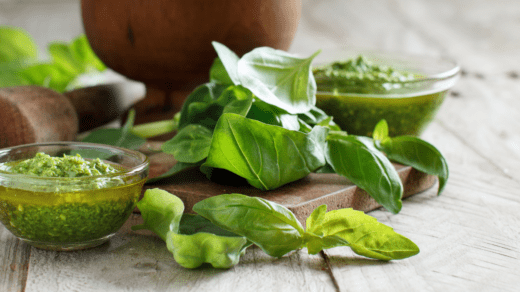







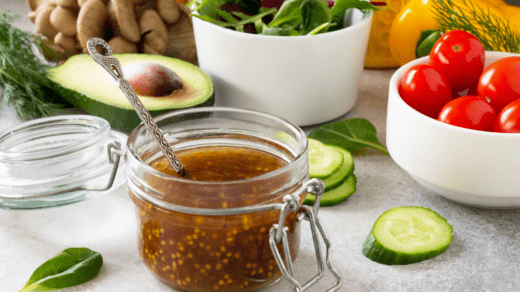


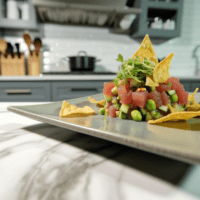
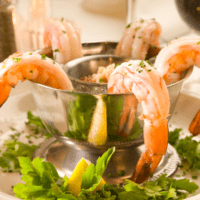
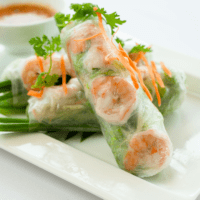
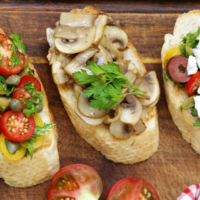
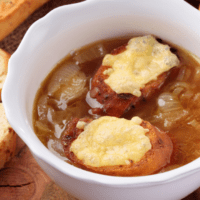

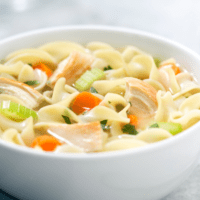
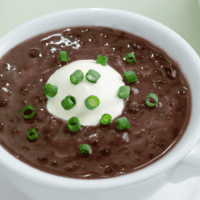
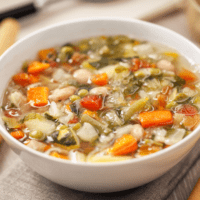



2 Responses
[…] Carrot – batonnet […]
[…] Carrot (julienned) […]